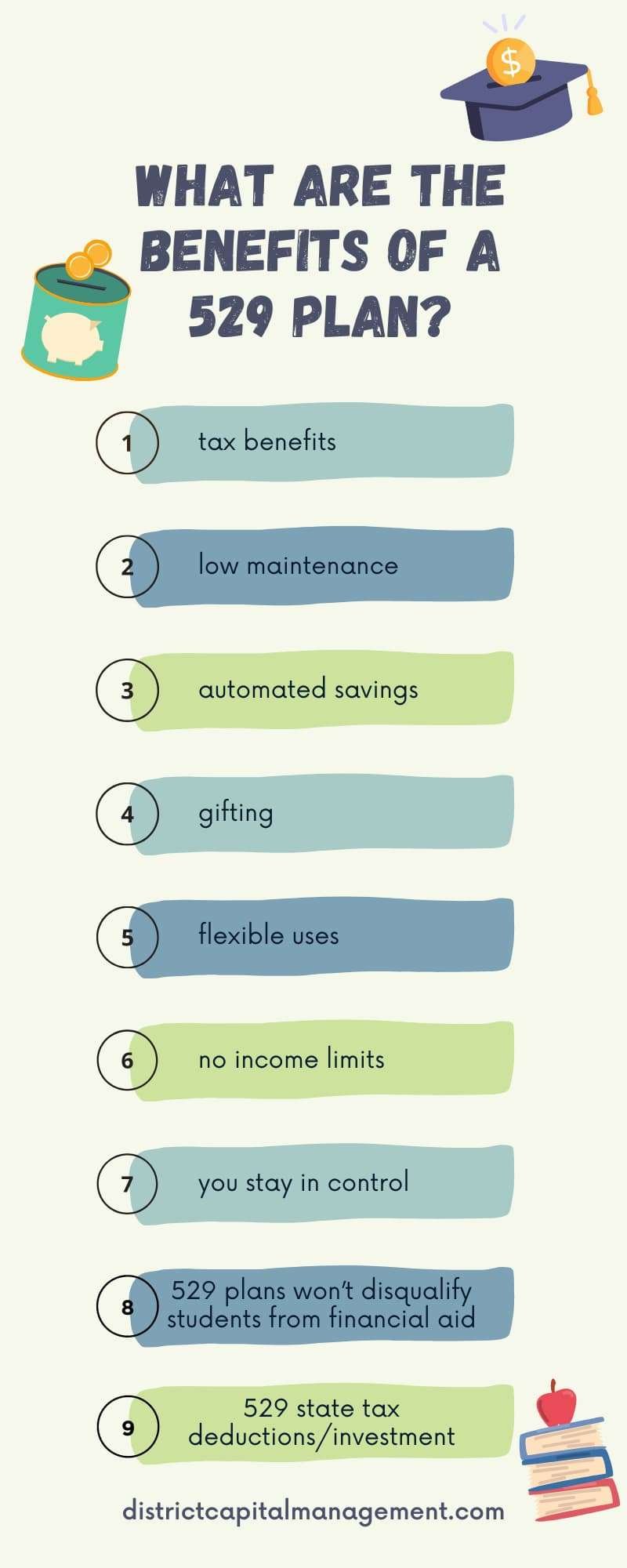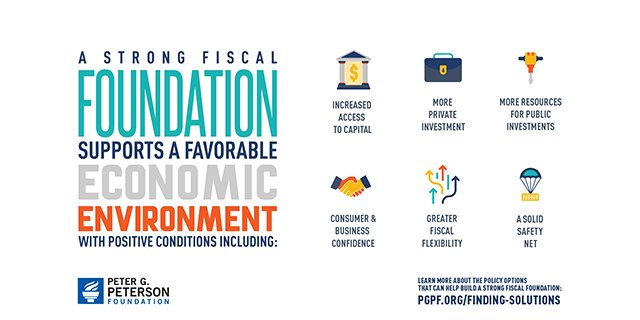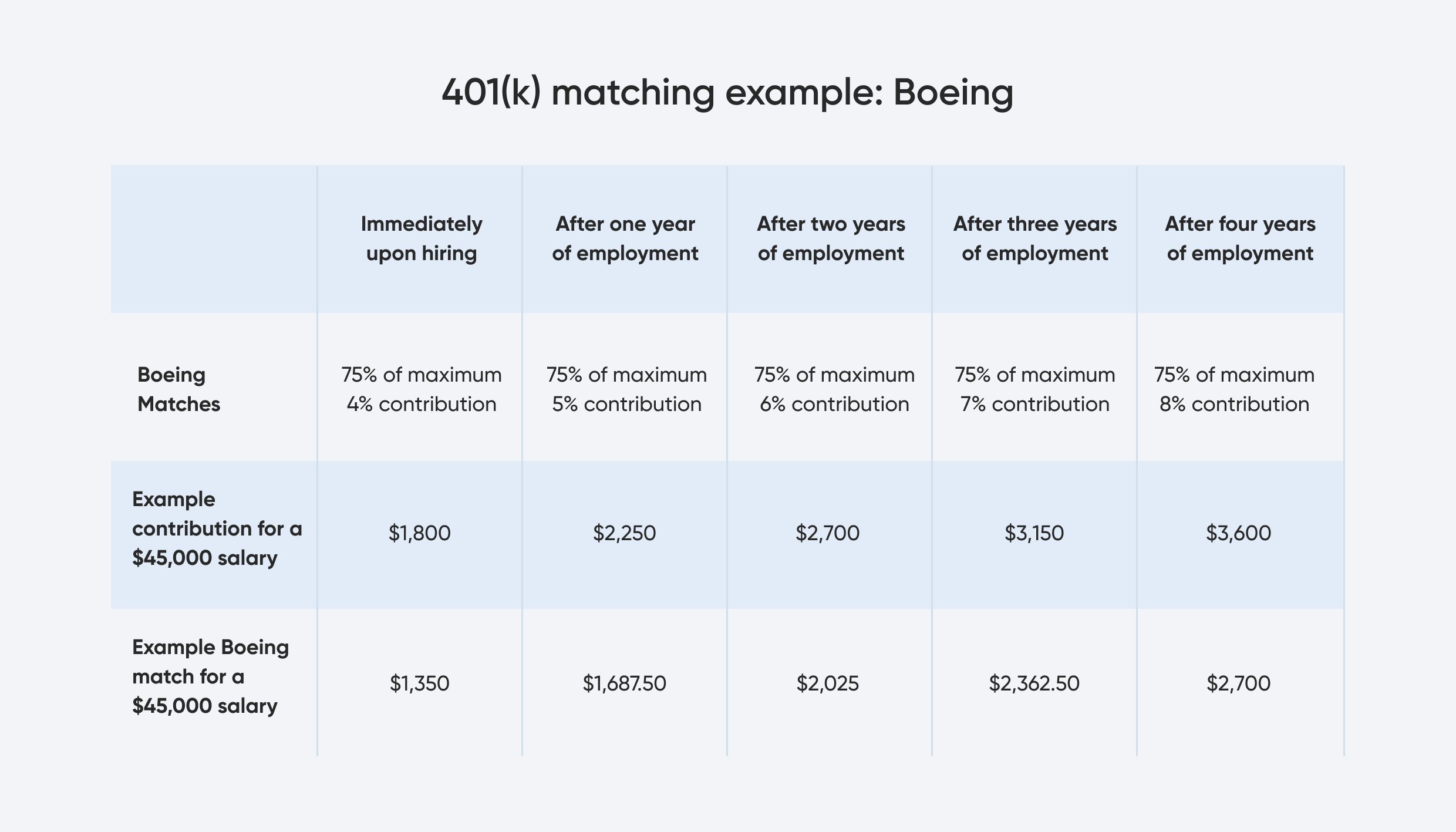Are you curious about what a 529 plan is and how it can benefit you when it comes to taxes? Look no further! A 529 plan is a tax-advantaged savings plan designed to help individuals save for education expenses. It offers a range of tax benefits that can make a significant difference in your financial planning. In this article, we will delve into what exactly a 529 plan is and explore the various tax advantages it offers. So, let’s get started on understanding the ins and outs of a 529 plan and its tax benefits.
What is a 529 Plan and Its Tax Benefits
When it comes to saving for higher education expenses, a 529 plan can be a powerful tool. A 529 plan is a tax-advantaged savings plan designed specifically for educational expenses. It allows families to save for their children’s future education while enjoying various tax benefits. In this article, we will explore what a 529 plan is, how it works, and the tax advantages it offers.
Understanding the Basics of a 529 Plan
A 529 plan takes its name from Section 529 of the Internal Revenue Code, which governs its operation. It is primarily offered by states and educational institutions, and there are two main types: prepaid tuition plans and education savings plans.
1. Prepaid Tuition Plans: These plans allow families to prepay for future tuition at today’s rates. They are typically sponsored by state governments and guarantee that the plan will cover a certain percentage of future tuition costs, regardless of how much prices increase over time.
2. Education Savings Plans: These plans function more like investment accounts, allowing families to save and invest money for future educational expenses. The funds can be used for tuition, fees, books, supplies, and even room and board. Education savings plans offer a range of investment options, from conservative to aggressive, allowing families to choose what suits their risk tolerance and investment goals.
The Tax Advantages of a 529 Plan
One of the most significant benefits of a 529 plan is the favorable tax treatment it enjoys. Let’s explore the various tax advantages associated with these plans.
1. Tax-Free Growth: When you contribute to a 529 plan, your investment grows tax-free. This means you don’t have to pay income tax on the earnings your investment generates as long as the funds are used for qualified educational expenses. This tax-free growth can significantly enhance your savings over time.
2. Tax-Free Withdrawals: The real beauty of a 529 plan lies in its ability to provide tax-free withdrawals. When you use the funds from your 529 plan for educational expenses, such as tuition or books, you won’t owe any taxes on those withdrawals. This includes both the principal amount you contributed and any earnings your investment generated. It’s important to note that the educational institution must be eligible for federal student aid to qualify for tax-free withdrawals.
3. State Tax Benefits: In addition to the federal tax advantages, many states also offer tax benefits for contributing to a 529 plan. These benefits can vary by state but may include deductions or credits on state income taxes. It’s worth exploring the specific tax incentives offered by your state to maximize your savings.
4. Gift and Estate Tax Benefits: 529 plans also provide unique gifting opportunities. While contributions to a 529 plan are considered “completed gifts” for tax purposes, they can be eligible for the annual gift tax exclusion. This means you can contribute up to a certain amount ($15,000 as of 2021) per beneficiary without triggering federal gift tax. Additionally, contributions to a 529 plan can be “superfunded” by taking advantage of five years’ worth of gift tax exclusions, allowing you to contribute a larger sum upfront.
Other Key Considerations
1. Flexibility in Beneficiary: A 529 plan provides flexibility if the intended beneficiary chooses not to pursue higher education or receives a full scholarship. The account owner can change the beneficiary to another family member without incurring tax penalties, ensuring the funds are still put to good use.
2. Contribution Limits: Each state sets its own contribution limits for 529 plans, which can be quite high. While there are no federal contribution limits, exceeding the state limits may result in your contributions losing tax benefits. It’s essential to research and understand the limits imposed by your state’s plan.
3. Impact on Financial Aid: When it comes to financial aid, 529 plans are considered an asset of the account owner (usually the parent). This means that they have a smaller impact on financial aid eligibility compared to assets owned by the student. However, it’s essential to be aware of how withdrawals from a 529 plan might affect financial aid calculations, as they may be considered as untaxed income.
4. Qualified Expenses: To enjoy the tax advantages discussed earlier, it’s crucial to understand what qualifies as a qualified expense. Tuition, books, fees, supplies, and room and board (up to a certain limit) at eligible educational institutions are all qualified expenses. However, it’s essential to confirm with the specific plan and consult a tax professional for guidance on what expenses are considered qualified.
In conclusion, a 529 plan can be a valuable tool for saving for educational expenses. Not only does it provide a tax-advantaged way to grow your savings, but it also offers flexibility and various state-specific benefits. Understanding the ins and outs of a 529 plan and its tax advantages can help you make a well-informed decision when it comes to planning for your loved ones’ education. Consider consulting a financial advisor or tax professional for personalized guidance based on your unique circumstances. Start saving early, and unlock the benefits of a 529 plan to support your loved ones’ educational dreams.
HOW TO USE A 529 ACCOUNT FOR TAX BENEFITS
Frequently Asked Questions
Frequently Asked Questions (FAQs)
What are the tax benefits of a 529 plan?
A 529 plan offers several tax benefits. First, contributions to a 529 plan are made with after-tax dollars, but the earnings on those contributions grow tax-free. Additionally, withdrawals from a 529 plan are also tax-free, as long as they are used for qualified education expenses.
Who can open a 529 plan?
Anyone can open a 529 plan, regardless of their income level. Parents, grandparents, relatives, and even friends can open a 529 plan for a designated beneficiary.
Can I deduct contributions to a 529 plan on my federal taxes?
No, you cannot deduct contributions to a 529 plan on your federal taxes. However, some states offer state income tax deductions for contributions made to their specific 529 plans.
Can I use a 529 plan to pay for K-12 education expenses?
Yes, you can use a 529 plan to pay for K-12 education expenses. The Tax Cuts and Jobs Act of 2017 expanded the use of 529 plans to include up to $10,000 per year for K-12 tuition expenses.
What happens if I withdraw money from a 529 plan for non-qualified expenses?
If you withdraw money from a 529 plan for non-qualified expenses, the earnings portion of the withdrawal will be subject to income tax and an additional 10% penalty. It is important to only use the funds for qualified education expenses to avoid these penalties.
Can I change the beneficiary of a 529 plan?
Yes, you can change the beneficiary of a 529 plan. The new beneficiary must be a family member of the original beneficiary, such as a sibling, cousin, or even yourself. There are no tax consequences for changing the beneficiary within the family.
What happens to a 529 plan if the beneficiary does not attend college?
If the original beneficiary of a 529 plan does not attend college, the account owner can choose to change the beneficiary to another eligible family member or even keep the funds in the account in case the original beneficiary decides to pursue higher education later on.
Can I use a 529 plan to pay for expenses other than tuition?
Yes, you can use a 529 plan to pay for expenses other than tuition. Qualified education expenses include not only tuition, but also books, supplies, equipment, and even room and board for students enrolled at least half-time.
Please note that tax regulations may vary, and it is always advisable to consult with a tax professional or financial advisor for personalized guidance regarding your specific situation.
Final Thoughts
A 529 plan is an education savings plan that offers numerous tax benefits. Contributions to a 529 plan are made with after-tax dollars, but the funds grow tax-free and withdrawals used for qualified education expenses are also tax-free. This makes it an attractive option for parents and students looking to save for college or other educational expenses. In addition to federal tax advantages, many states offer their own tax incentives for 529 plans. So, if you’re considering saving for education expenses, a 529 plan and its tax benefits are worth exploring.



